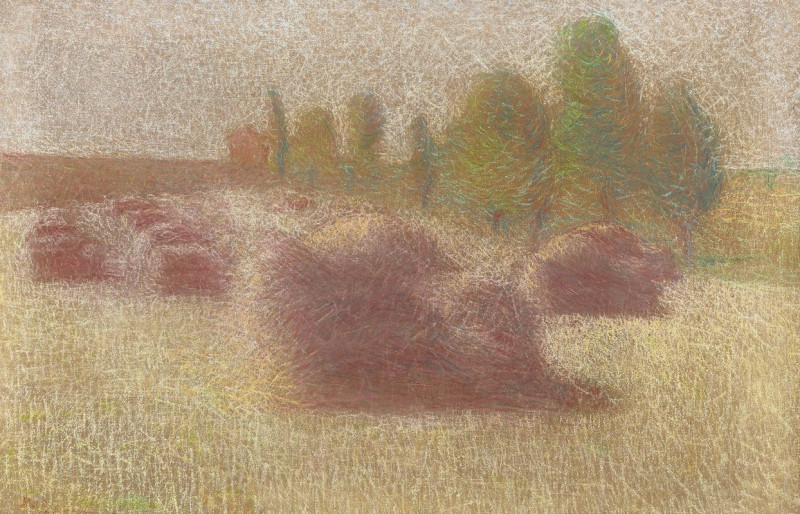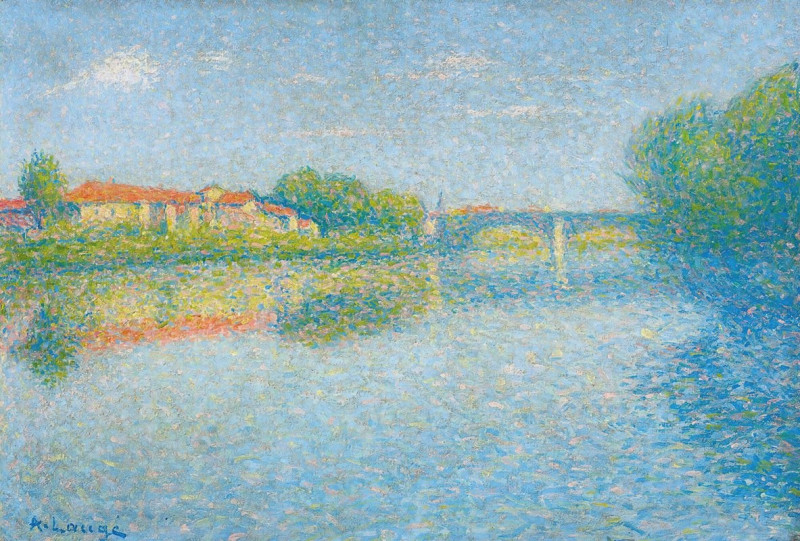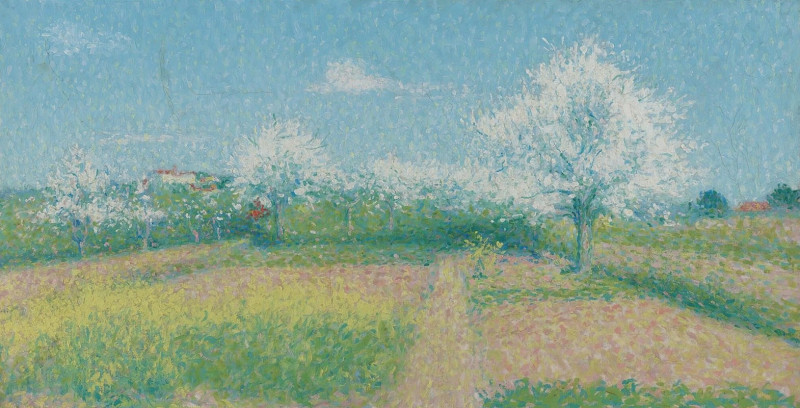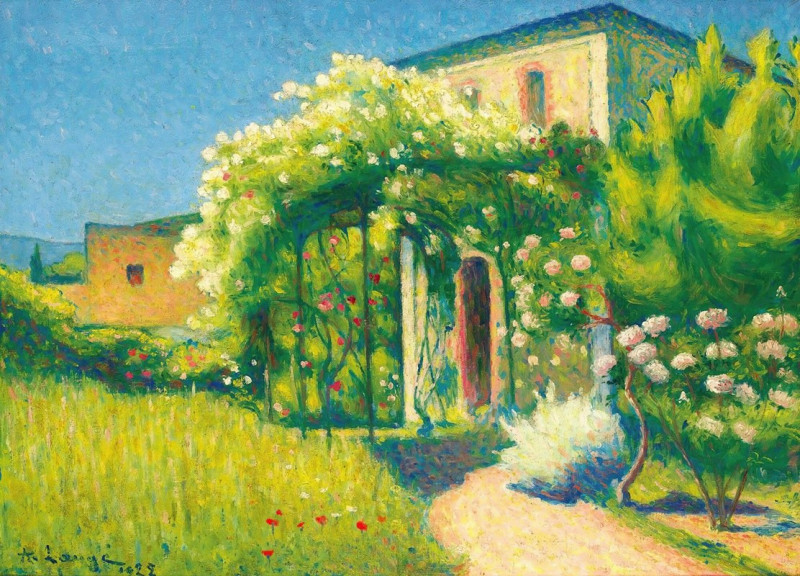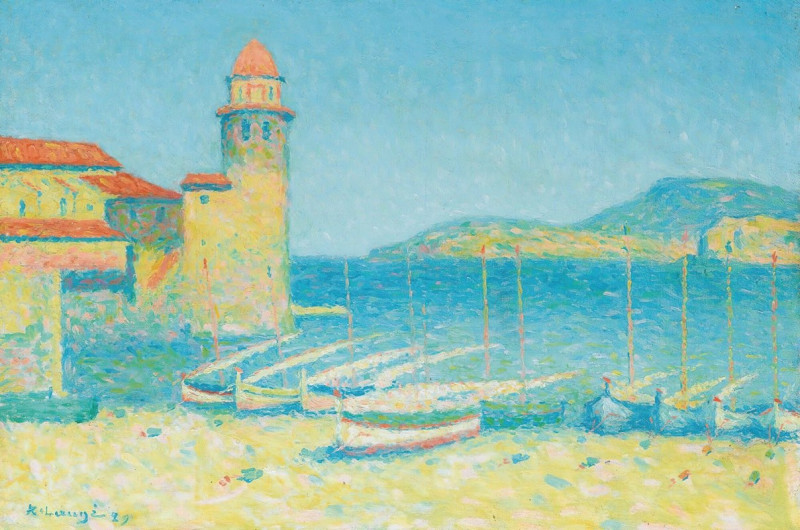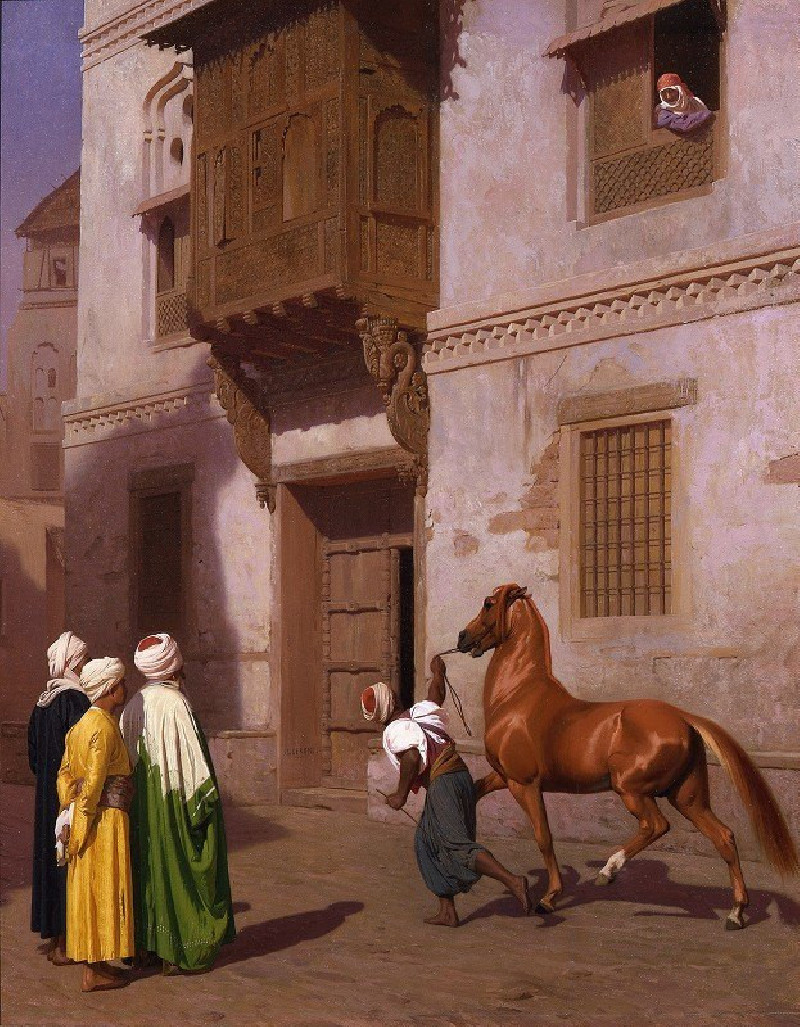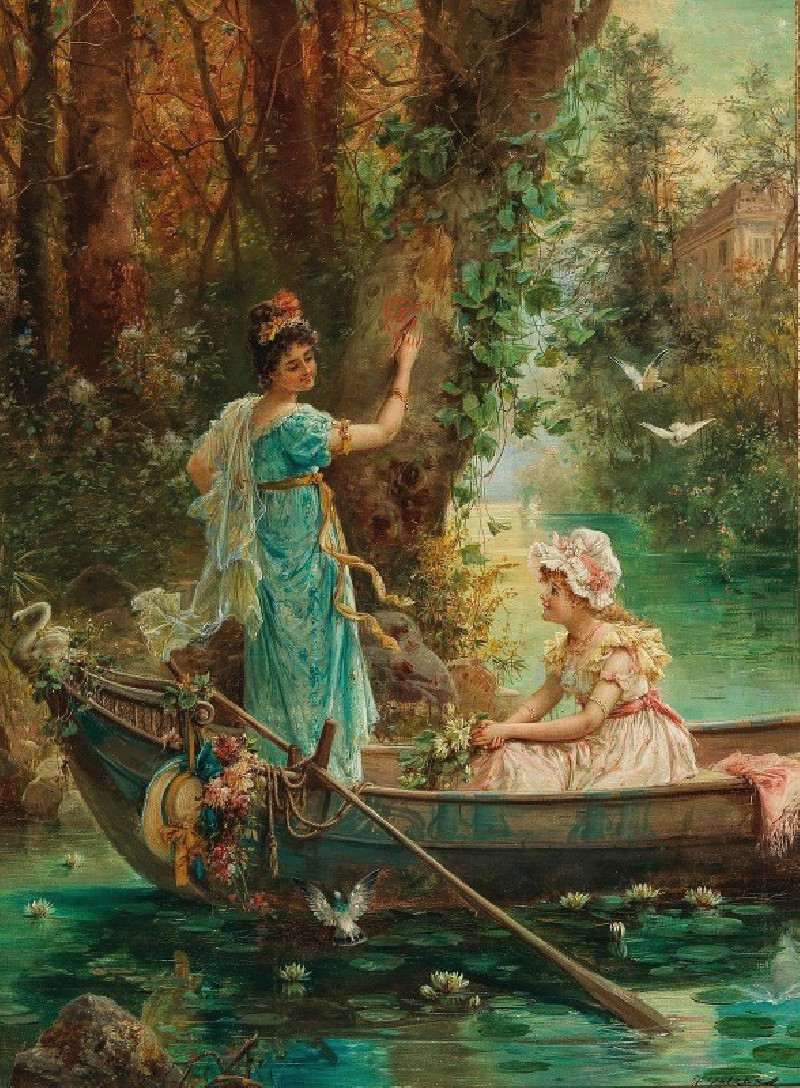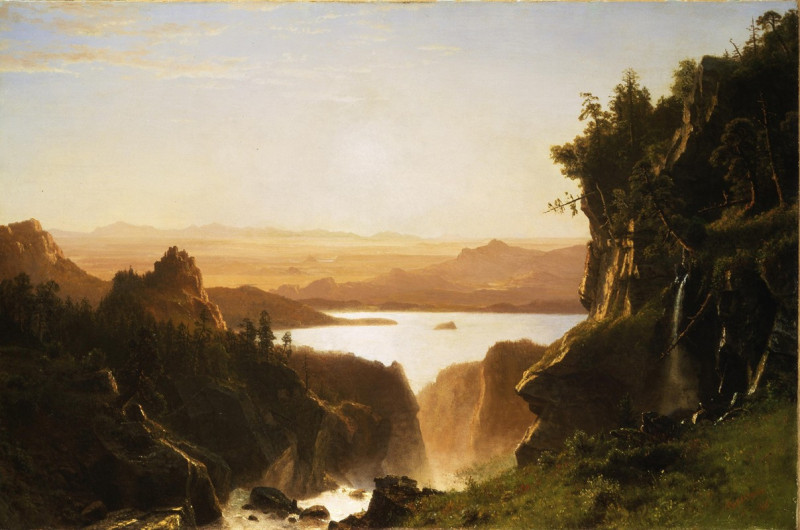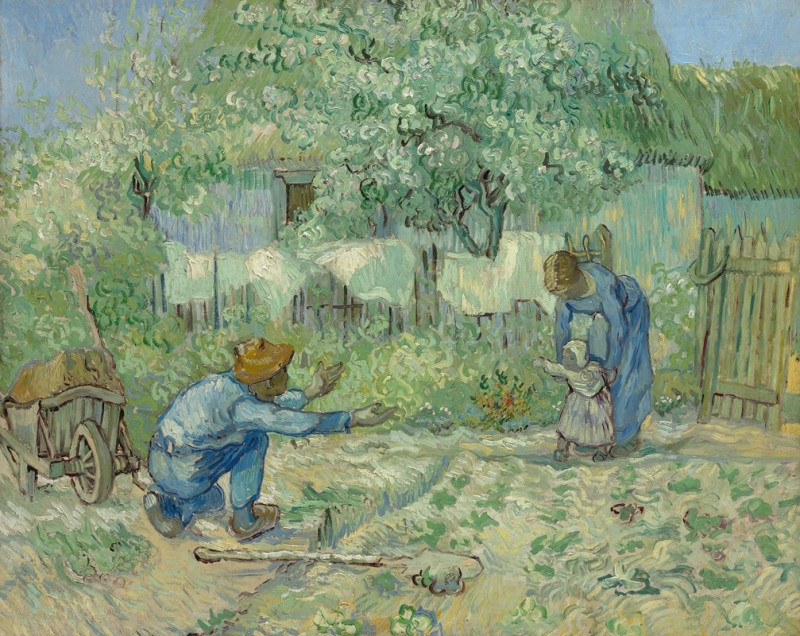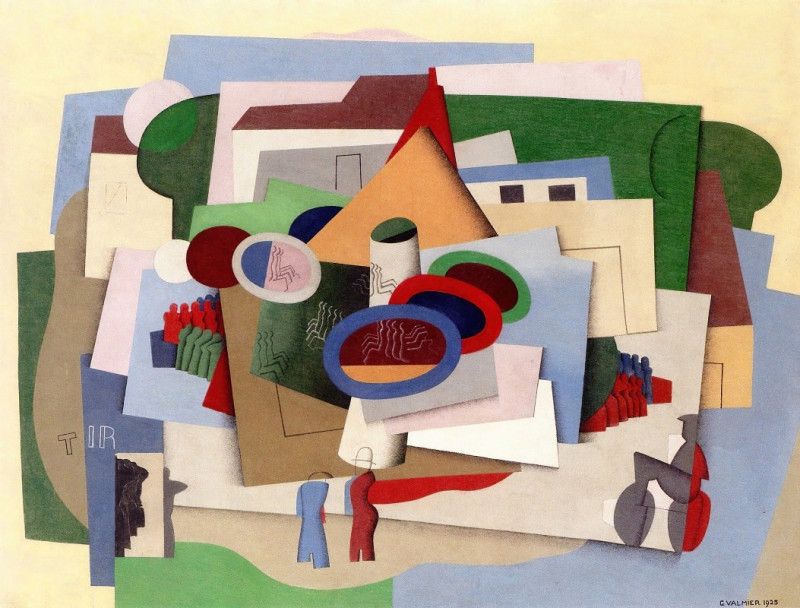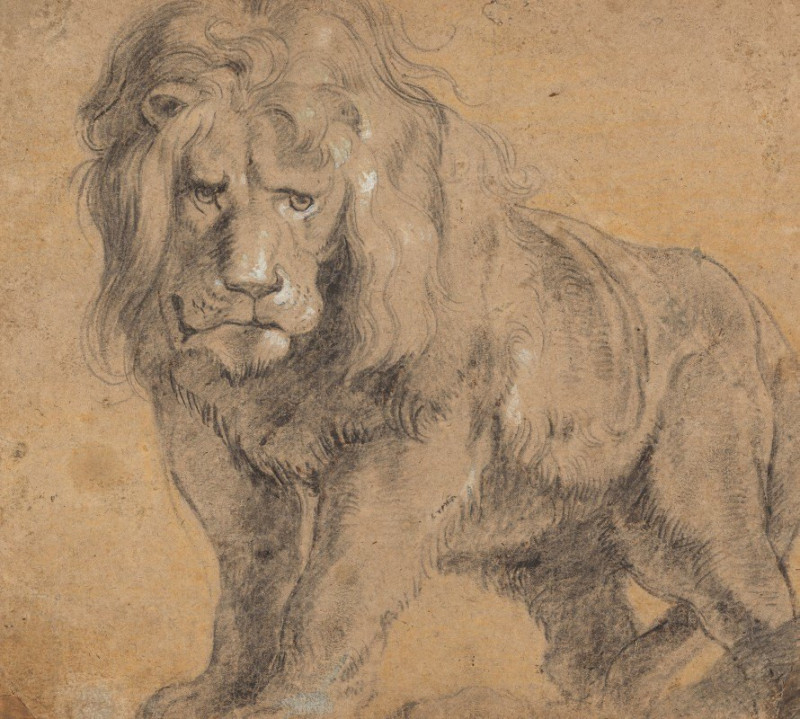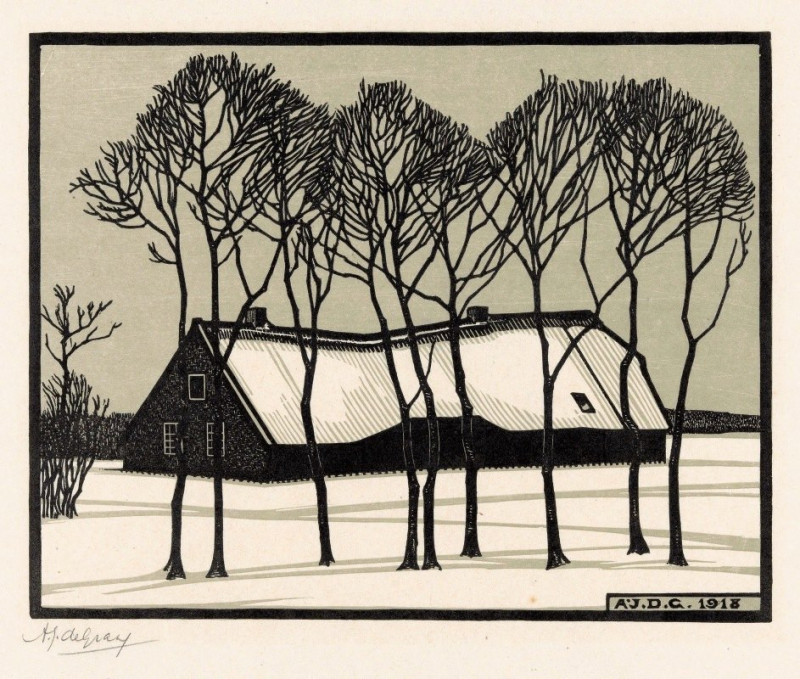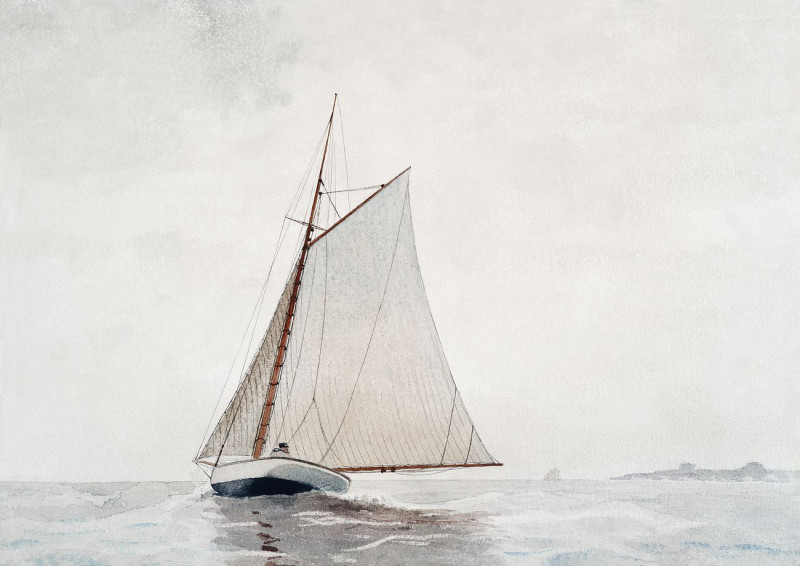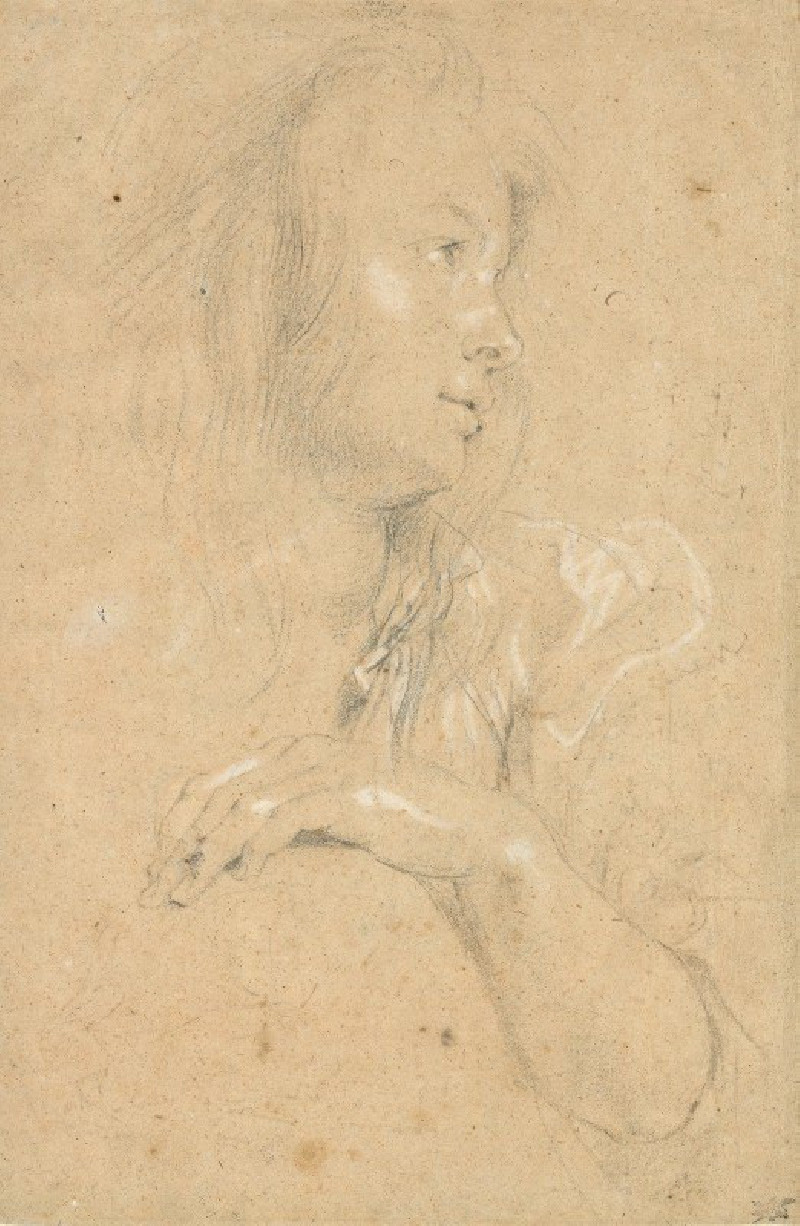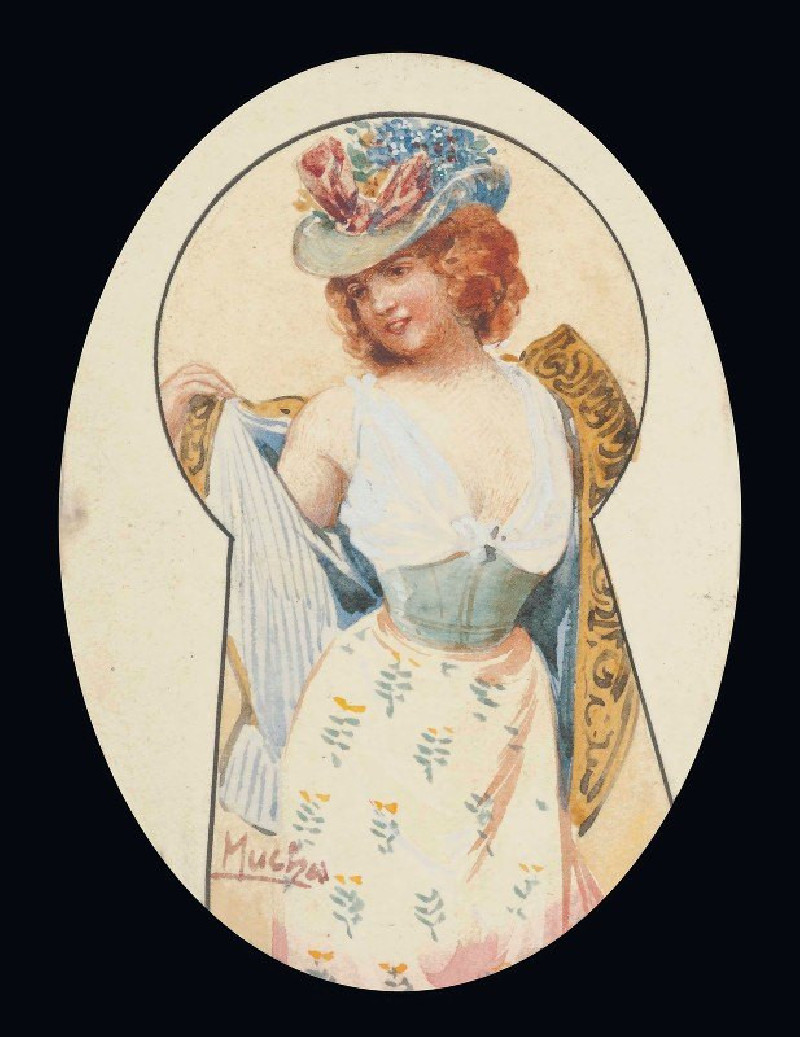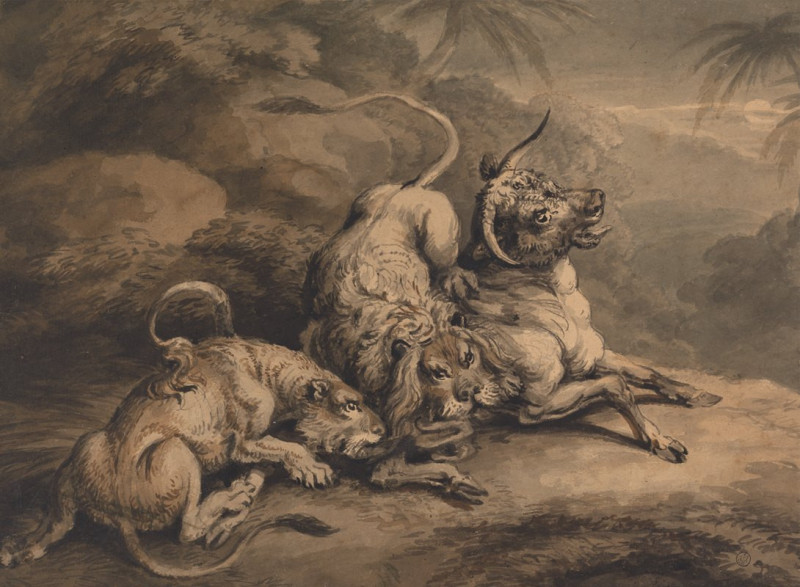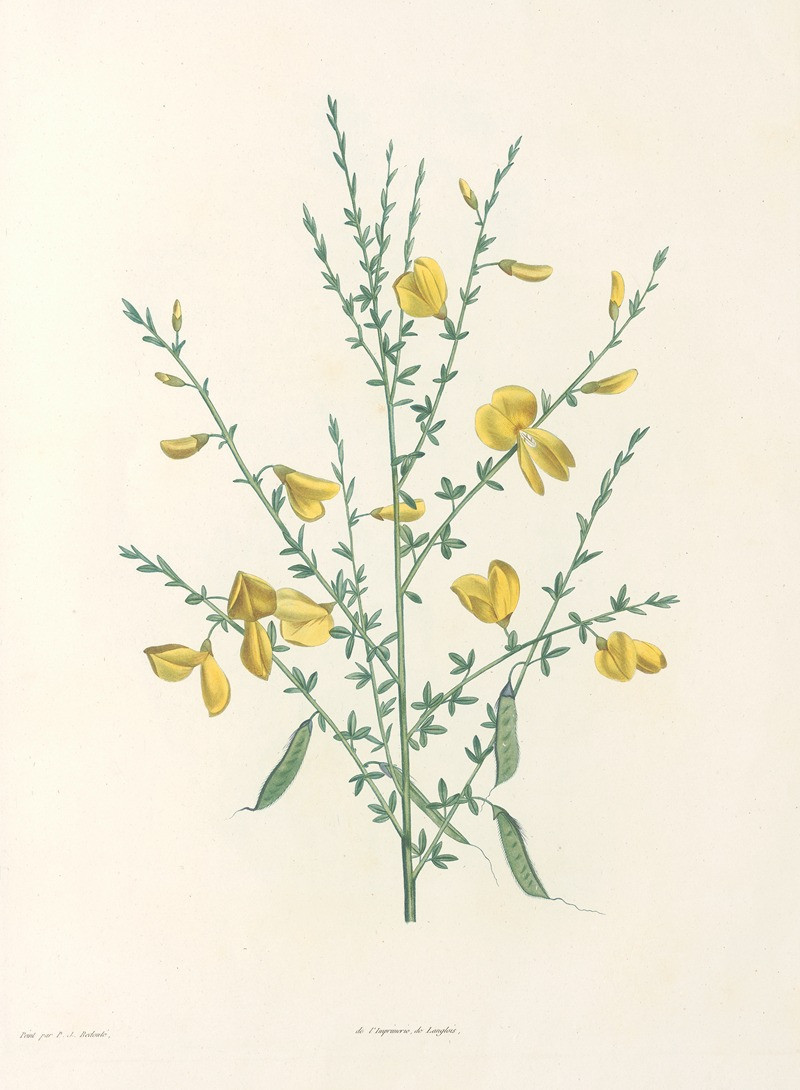Les Gerbes (1904)
Technique: Giclée quality print
Recommended by our customers
More about this artwork
"Les Gerbes" (1904) by Achille Laugé is an exquisite example of the Neo-Impressionist approach to capturing the serene essence of the French countryside. This painting showcases Laugé's delicate yet precise pointillist technique, which he adapts slightly to give a softer and more harmonious feel to the landscape.In the foreground, the painting features several sheaves of wheat, strategically grouped across the field. Their rich, earthy tones of browns and reds contrast subtly against the golden hues of the harvested fields, evoking a sense of warmth and abundance. Beyond the wheat sheaves, a line of trees stands guard, their forms blurred yet distinguishable, with hints of green and blue adding depth and a touch of coolness to the scene. The sky, largely implied, merges seamlessly with the rest of the landscape, enhancing the overall unity of the scene.Achille Laugé's "Les Gerbes" is not just a depiction of a rural setting; it is a symphony of color and light, illustrating the tranquil beauty of nature through a mosaic of colorful strokes that enchant the viewer, inviting them into a peaceful agricultural vista frozen in time.
Delivery
Returns
The painter Achille Laugé (1861-1944) was born in Arzens, France. After studying at the famous art academies of the time, the artist followed his own unique path in the Neo-Impressionist movement, always remaining deeply attached to his native region of Occitania. Laugé never followed the methods and advice of his teachers, and his work was considered radical for his time.

